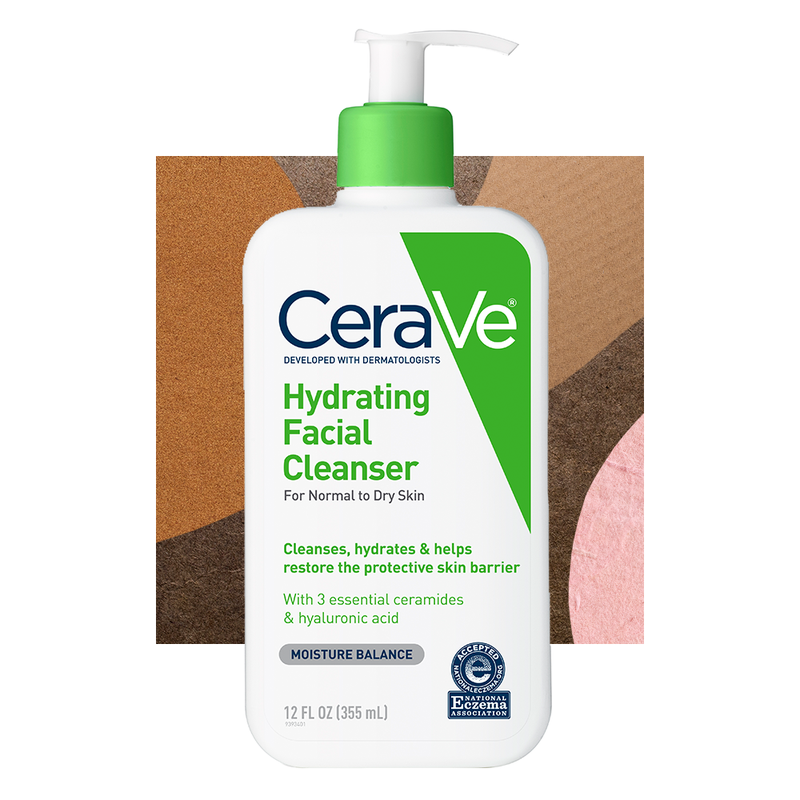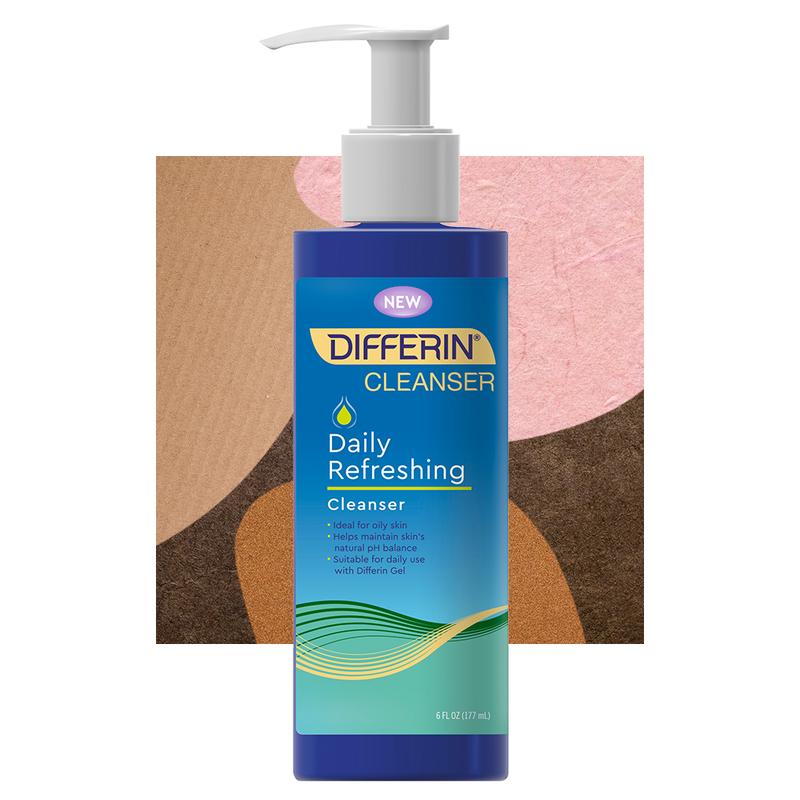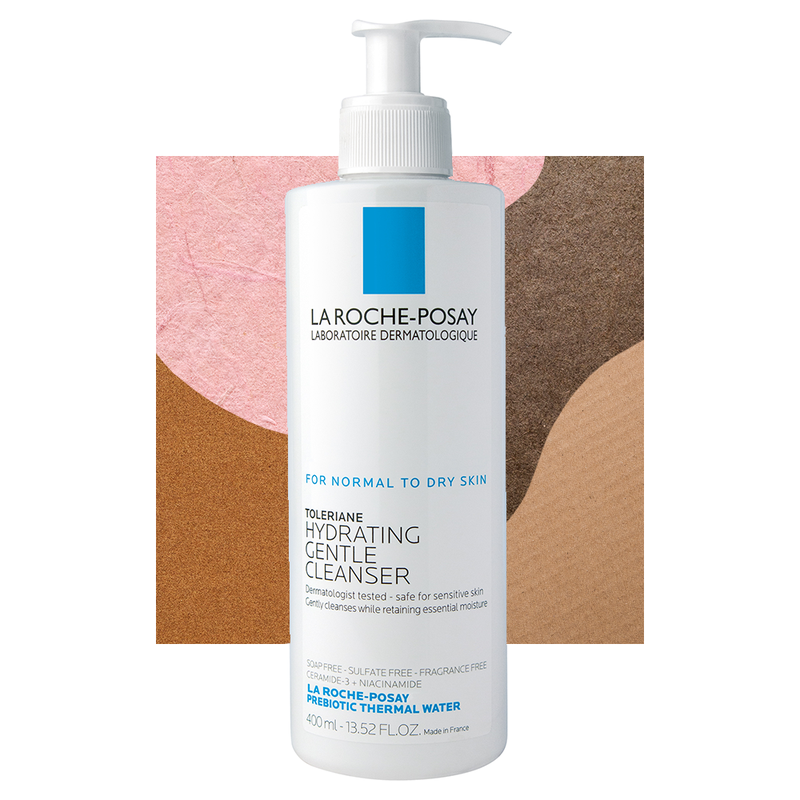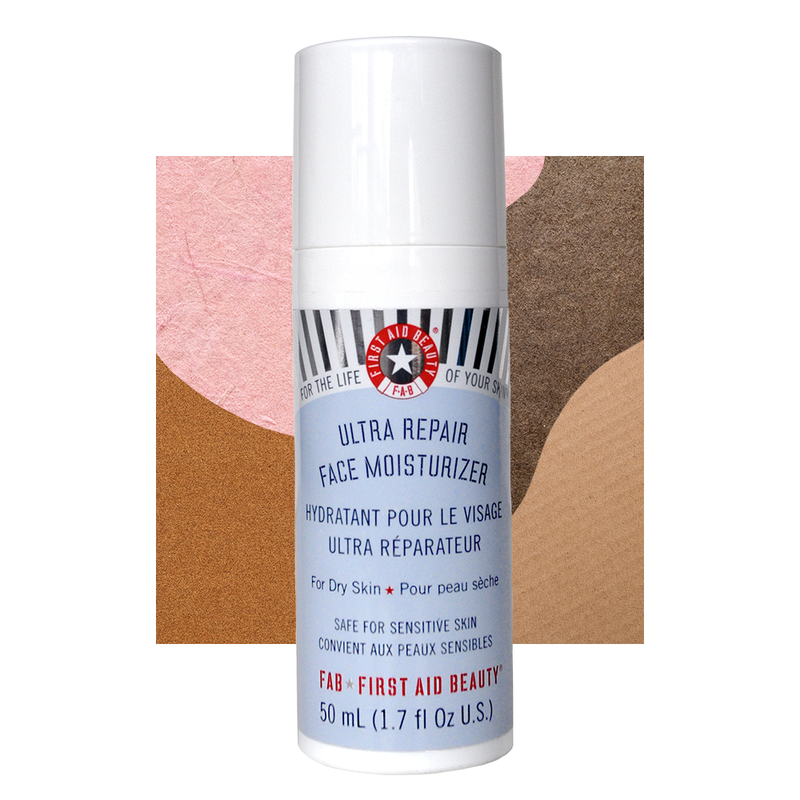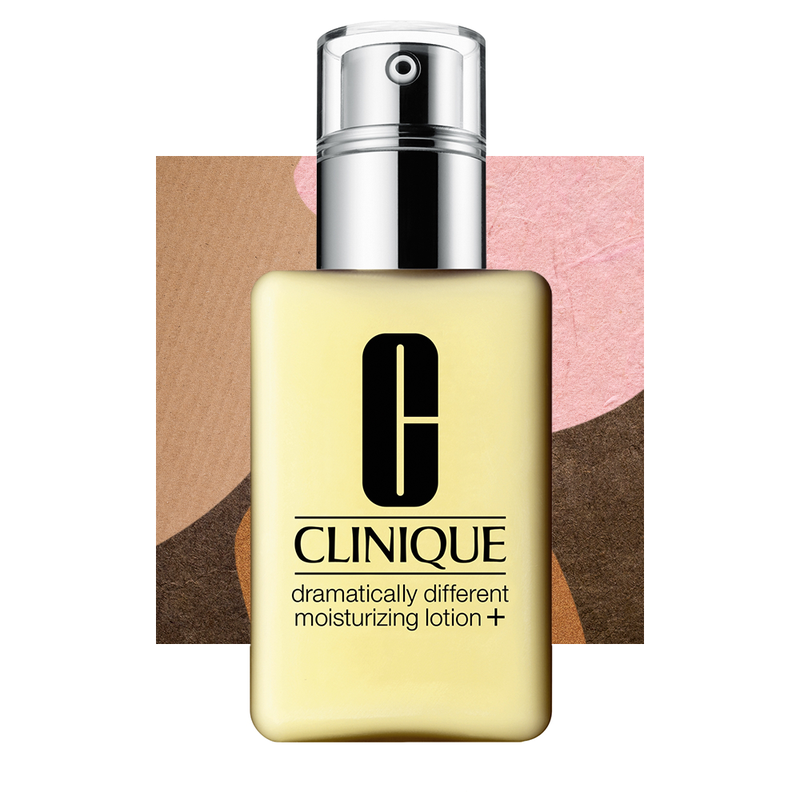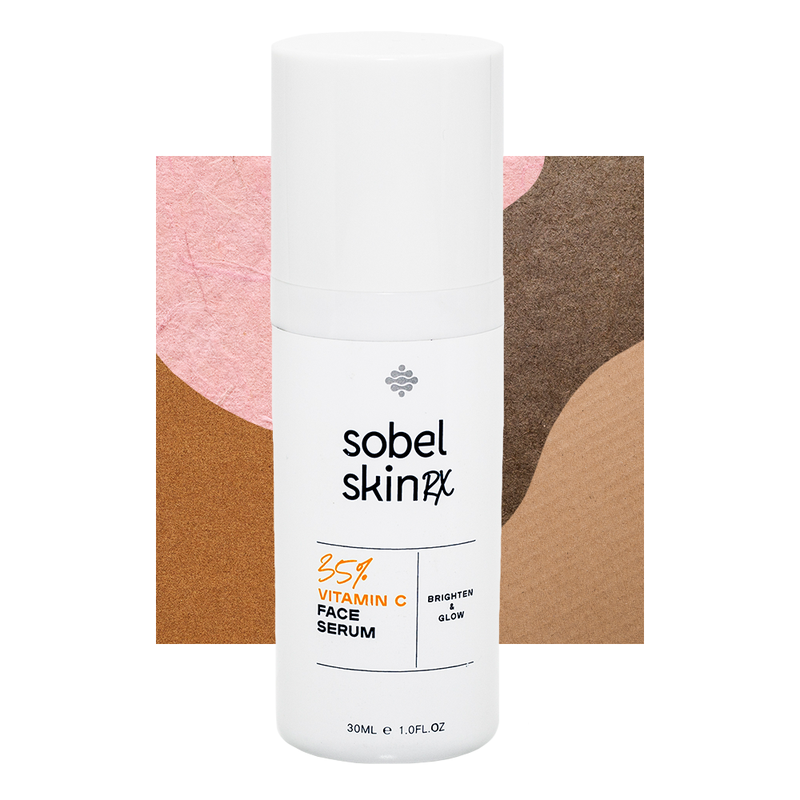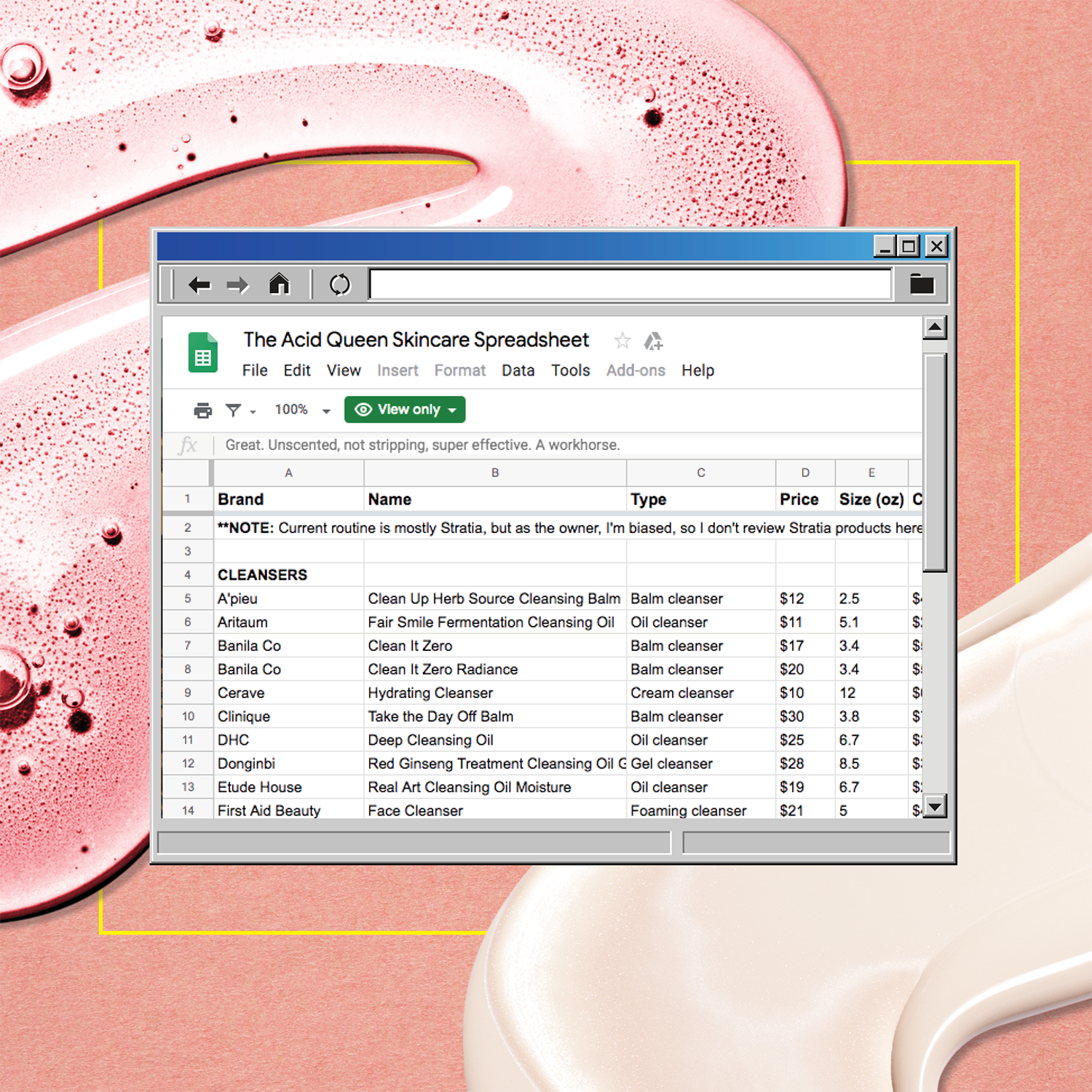The Great Skincare Reset
If you want to improve your complexion and have no idea where to start—or what you should stop doing—Marie Claire is here to help.

How many face products do you own? Not just the stuff you use regularly, but all of it: the subscription-box samples, the serum your friend swears by, the mask your Instagram feed practically force-fed you. “The world of skincare has just exploded, but it’s important to take a step back and think, ‘What’s your end game? What are you trying to change?’” says New York City dermatologist Dendy Engelman. “If you’re already happy with your skin, then maintain and protect it. You don’t need to add new products unless you have a problem you want to fix.”
And if you do have a problem, you can’t just start trying random lotions, essences, and scrubs without a strategy. “I’ve found that so many of the products in people’s medicine cabinets are there to fix things they did to themselves with other products,” says Boston dermatologist Ranella Hirsch. With that in mind, the editors at Marie Claire put together an everything guide to skincare right now, from how to get a doctor’s help with your skin concerns if you live in a “dermatologist desert” to the new super-niche brands laser focused on your complexion’s specific needs.

Do yourself a solid and take a week to reset your complexion this year, using the steps below. Your skin will thank you.
Step 1: Do a One-Week Skincare Reset
If you like the way your complexion looks, skip to step 3. But, if you have any type of irritation, redness, rash, breakout, or excessive dryness or oiliness, this refresh will help make sure it’s not caused by a product. For a week, pare back to the basics: Stay out of the sun and use a gentle cleanser and moisturizer that don’t contain fragrance or active ingredients such as over-the-counter drugs, essential oils, vitamins, acids, anti-agers, antioxidants, or skin brighteners.
Our Favorite Gentle Cleansers
“Depending on what you were using, you might look worse before you look better,” says Dr. Hirsch, who notes that vitamin A derivatives like retinoids work on a deeper level, so their effects may take longer to purge. “But if you have an issue caused by a product, it will usually clear up in about a week.”
Step 2: Find Your Basics
After your reset week, it’s pretty safe to assume any remaining issues you have are not caused by a product. Now’s the time to take a good look in the mirror. If you like what you see, keep using the same cleanser and moisturizer. (If not, you may need to swap them for products with active ingredients; keep reading.)
Our Favorite Everyday Moisturizers
Step 3: Wear Sunscreen
This may be the only additional product you need. If you’re vigilant about using
SPF, it can do more than maintain your skin. “People think of sunscreen as protective, but it’s also corrective,” explains Dr. Engelman. “In studies where people applied sunscreen regularly, the degree of aging slowed and hyperpigmentation decreased. It was truly miraculous.” That means SPF is the best anti-aging treatment you can buy, hands down.
Our Favorite No-Sting Sunscreens
Step 4: Consider Using an Antioxidant Serum
Opinions vary, but most dermatologists consider an antioxidant serum a basic because it offers an added layer of skin protection against pollution and sun damage. “It’s an insurance policy when worn under sunscreen,” says Dr. Engelman. Look for one that contains vitamins C and E. A serum with antioxidant-rich botanical ingredients (green tea, for example) or other antioxidants such as ferulic acid can work too. Or you could swap that gentle moisturizer for one that has antioxidants built in. (They likely won’t be in as high a concentration as they would be in the serum.) Remember: Any new product you introduce could trigger a new skin issue, in which case go back to step 1.
Step 5: Treat Acne (If You Have It)
For people with blemishes, all other skincare matters are secondary. Find an expert you trust (ideally a dermatologist); make sure she asks a ton of questions about your lifestyle, your diet, and the products you use; and then stick to the regimen you both agree on. “There are multiple pathogenic factors for acne, and the best approach is to combine different products and drugs with complementary mechanisms of action to address as many of those causes as possible,” says New York City dermatologist Joshua Zeichner. If that sounds complicated, that’s because it is. The treatment process often takes trial and error and time (some drugs take up to seven months to be fully effective, Dr. Zeichner notes), but if you stick with it, you will see improvement.
Step 6: Identify Any Other Skin Concerns You Have
This is where things get tricky. Look at your skin and make a list of things you’d like to change. Thinking, “I don’t know—I just want to look better!” won’t cut it. The key to great skin is feeling great about your skin; you have to ID what’s bothering you in order to fix it. If you need help making your list, find a picture of yourself when you were happier with your complexion and figure out what changed. Was your texture smoother then? Do you have more spots now? Did your pores seem less noticeable then? Is your skin redder now? This process may seem reductive, but think about it: Why use a sheet mask here or a face oil there if you don’t have a specific problem to solve?
Step 7: Know When to See a Dermatologist
If your list of skin concerns includes deep creases, hollow areas under eyes, under-eye bags that protrude enough to cast shadows, gauntness, a double chin, or a soft or jowly jawline, visit a dermatologist. You could see a slight improvement from nonprescription topical products, but these issues are notoriously tough to treat, and expert advice and nonsurgical (or surgical) procedures may be in order.
For everything else, skincare can help. “Most products these days are well labeled if you take the time to look at the adjectives on the packaging and read the claims,” says Dr. Hirsch. To treat fine lines, look for terms like anti-wrinkle; if you have dullness or spots, you want brightening; if you’re oily, find something mattifying; if you have blackheads, go for clarifying. You get the idea. If you don’t, consider buying a personalized regimen: Atolla formulates products based on a quiz and a three-part at-home diagnostic test that identifies your skin type, and it helps you track changes. Other options include Skinsei and Curology.
Some final advice: If you can’t tell what a product does—or the instructions are vague, it doesn’t state what improvements to expect, or it makes claims that aren’t backed by clinical tests—then it probably isn’t worth your money.
A version of this story appeared in the Holiday 2019 issue of Marie Claire.
-
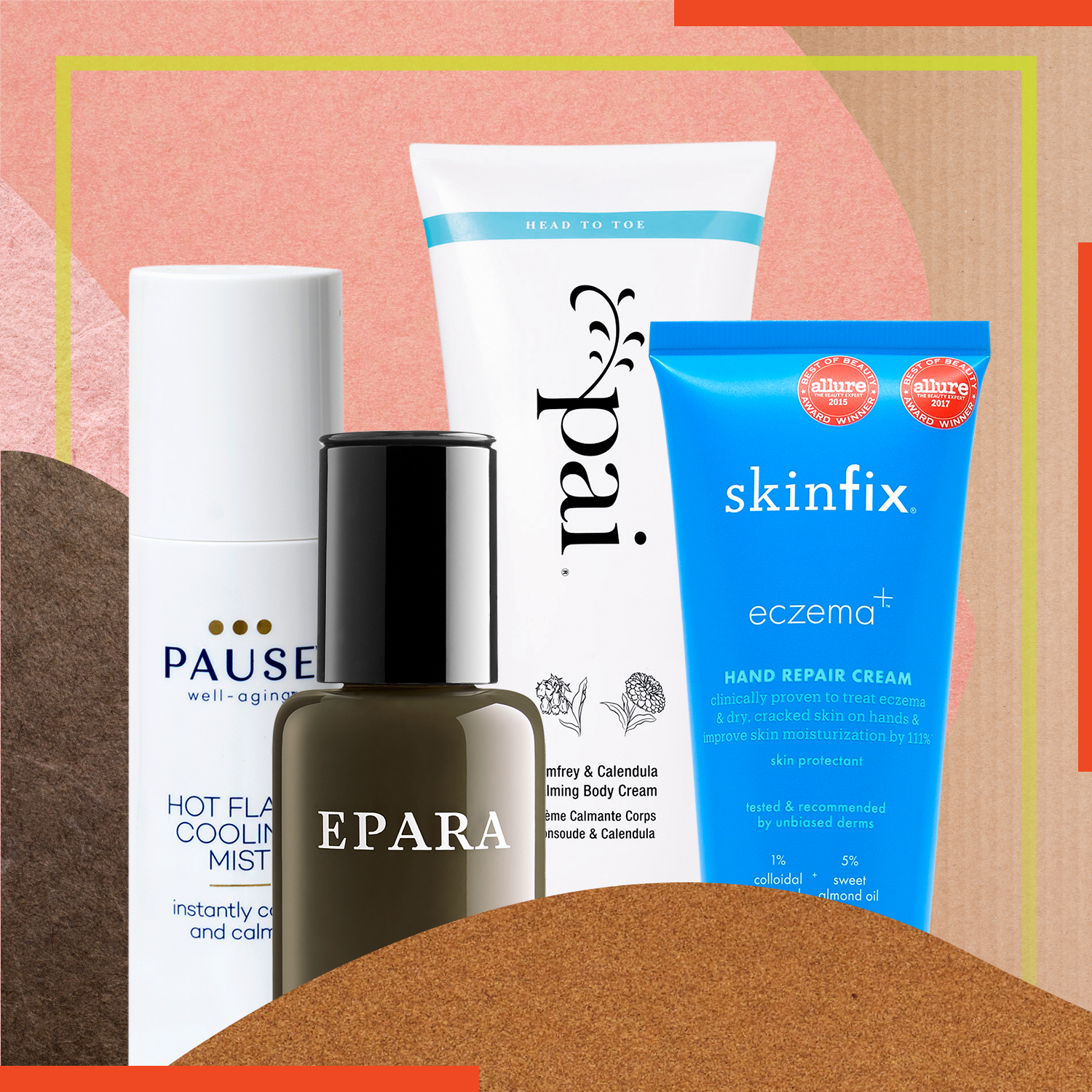
Niche Skincare for Your Niche Skin Needs
Get specific.
By Taylore Glynn Published
-

Dermatology Deserts: What to Do If You Live in One
With skin doctors flocking to the metropolitan edges of the U.S., rural residents are left to fend for themselves. Can the system be fixed?
By Taylore Glynn Published
-

Cult-Favorite Skincare Products: Do They Really Work?
Five Marie Claire staffers tested some of the most buzzed-about beauty solutions. They have opinions—and before-and-after photos.
By Hana Hong Published
-

Acne Face Mapping: A Beginner's Guide
Features The location of pimples can help you ID their cause—and find a cure.
By Hana Hong Published
Features
